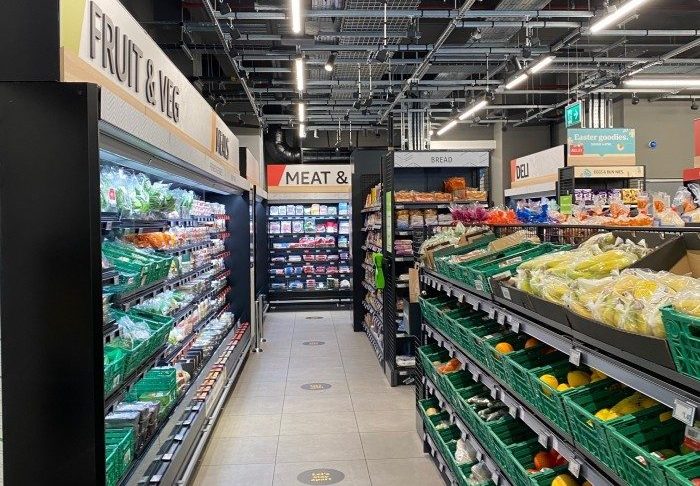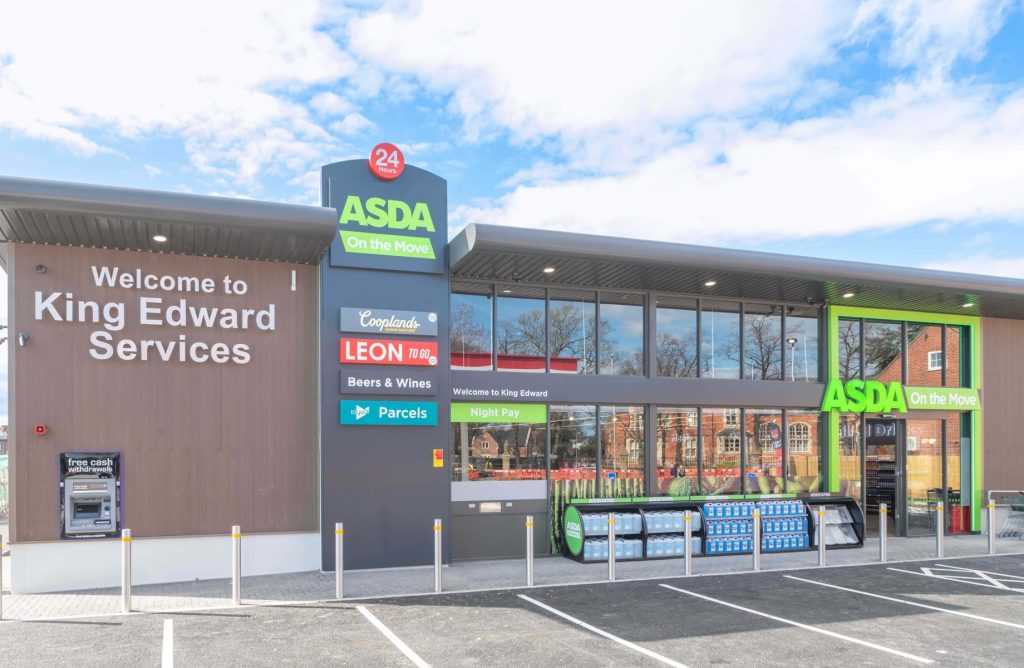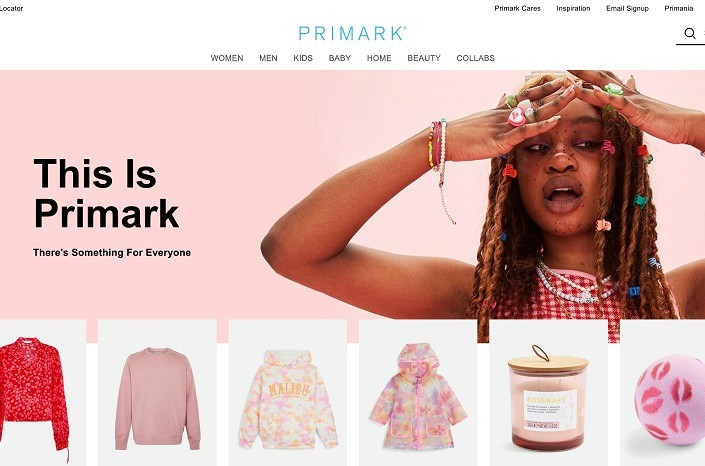Mobile purchases in the UK are set to smash records in 2017, according to the Centre of Retail Research (CRR).
The UK is expected to spend £27.02 billion on purchases on mobile devices this year, up 26 per cent from 2016. This prediction would mean the UK will make more transactions on mobile devices than any other European market.
We‘ve seen this change coming over the last few years. It‘s what led some retailers to change from a mobile-first strategy to deciding mobile is actually the strategy.
When it comes to mobile, online retailers often focus only on buyers. At Spreadshirt, we have buyers, but we have sellers and designers as well. The ideas that our 70,000 partners — the sellers and designers — come up with are the foundation of the business.
Virtual shops are created by our sellers to spread their own merchandising, and our global marketplaces are populated by designers. Then come the buyers, who can buy from a shop or the marketplace. Or they can create their own idea, in a style, colour and size to suit them.
Today, 52 per cent of visits and 34 per cent of Spreadshirt’s orders come from mobile devices. To make those purchases easy, mobile strategy needed work across the entire business. This meant sellers and designers had to be mobile-enabled, too. An important part of a mobile approach is to have a unified user experience, and the key to this is to make it as simple as possible.
CLICK HERE to read other comment pieces
Over the years, investments, platform optimisations and simplifications have provided a more consistent experience for both consumers and partners. Last year, Spreadshirt launched a dynamic marketplace. This means designers and buyers now see the same features and services whether they arrive via a smartphone, other mobile device or desktop.
Then, towards the end of last year two new offerings were launched: the Spreadshirt partner app and a seller area, which are designed to make it easier to spread ideas, manage shops and optimise sales.
Partner App
In addition to the mobile-friendly command centre, sellers have a native app where they can see their sales activity in real-time, including analysis of best-selling products and designs.
The app helps drive sales because it allows the user to review details about orders, monitor sales statistics and receive push notifications about new products and promotions.
Seller Area
This mobile-friendly command centre means sellers can manage their businesses also from their smartphones. Sellers can view their shops, bring their ideas to life and publish new designs and products internationally.
For UK sellers, their ideas and designs are now automatically assessed, translated and published across Spreadshirt‘s 14 European marketplaces. This increases the design range for customers and revenue for partners.
Since the October launch, Spreadshirt’s registrations have risen 28 per cent globally and the number of uploaded designs is up 36 per cent. There is also a rise in the number of initial sales a partner makes after joining Spreadshirt.
As the Centre of Retail Research says, “the number of mobile shoppers in the UK is expected to rise – from 23 million in 2016 to over 28 million in 2017”. But to sell to these online consumers, retailers need not just a mobile-first strategy, they need to make mobile the only strategy.
Philip Rooke is the CEO of Spreadshirt, an ecommerce marketplace and online retailer.
Click here to sign up to Retail Gazette’s free daily email newsletter


















